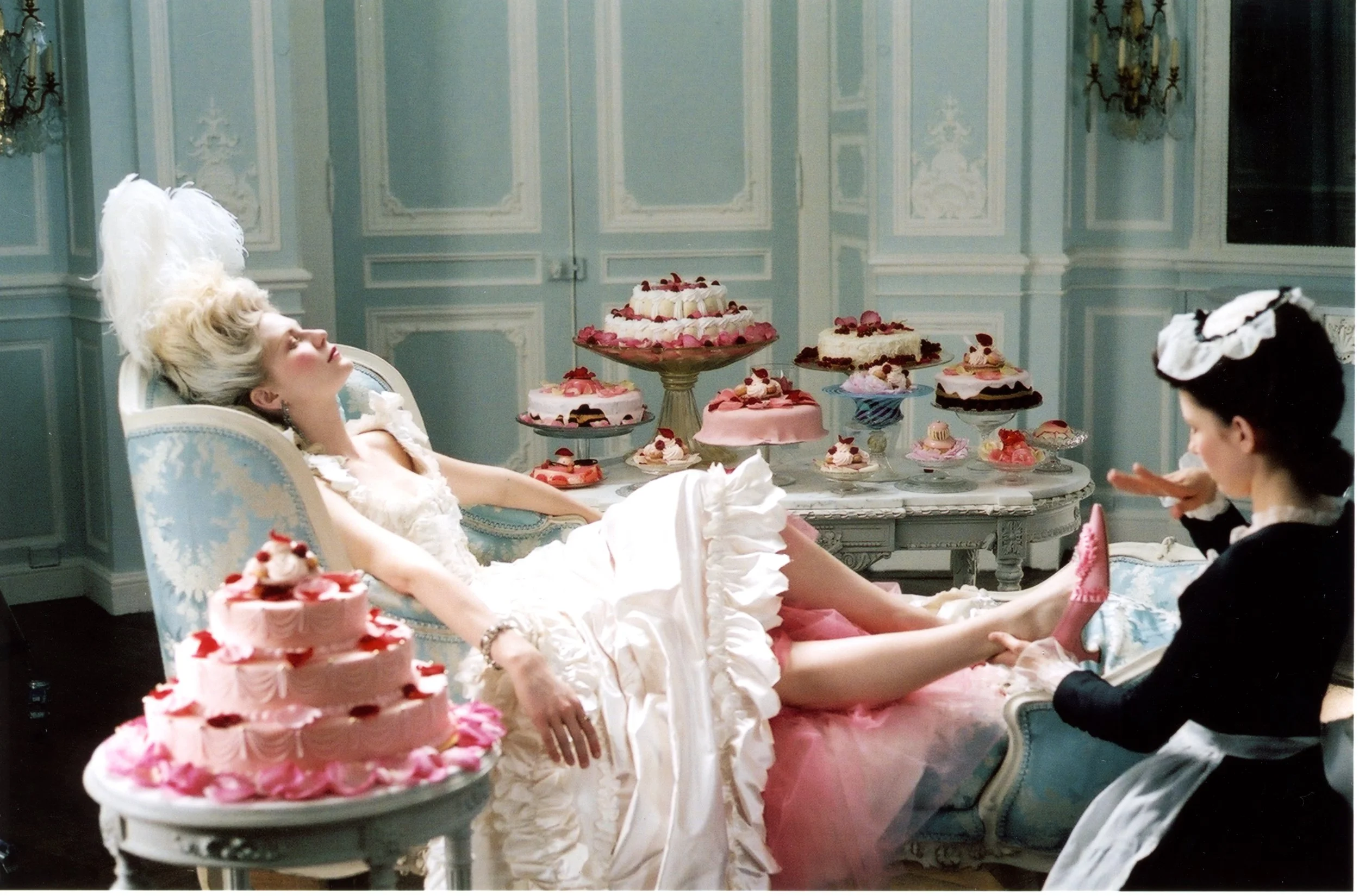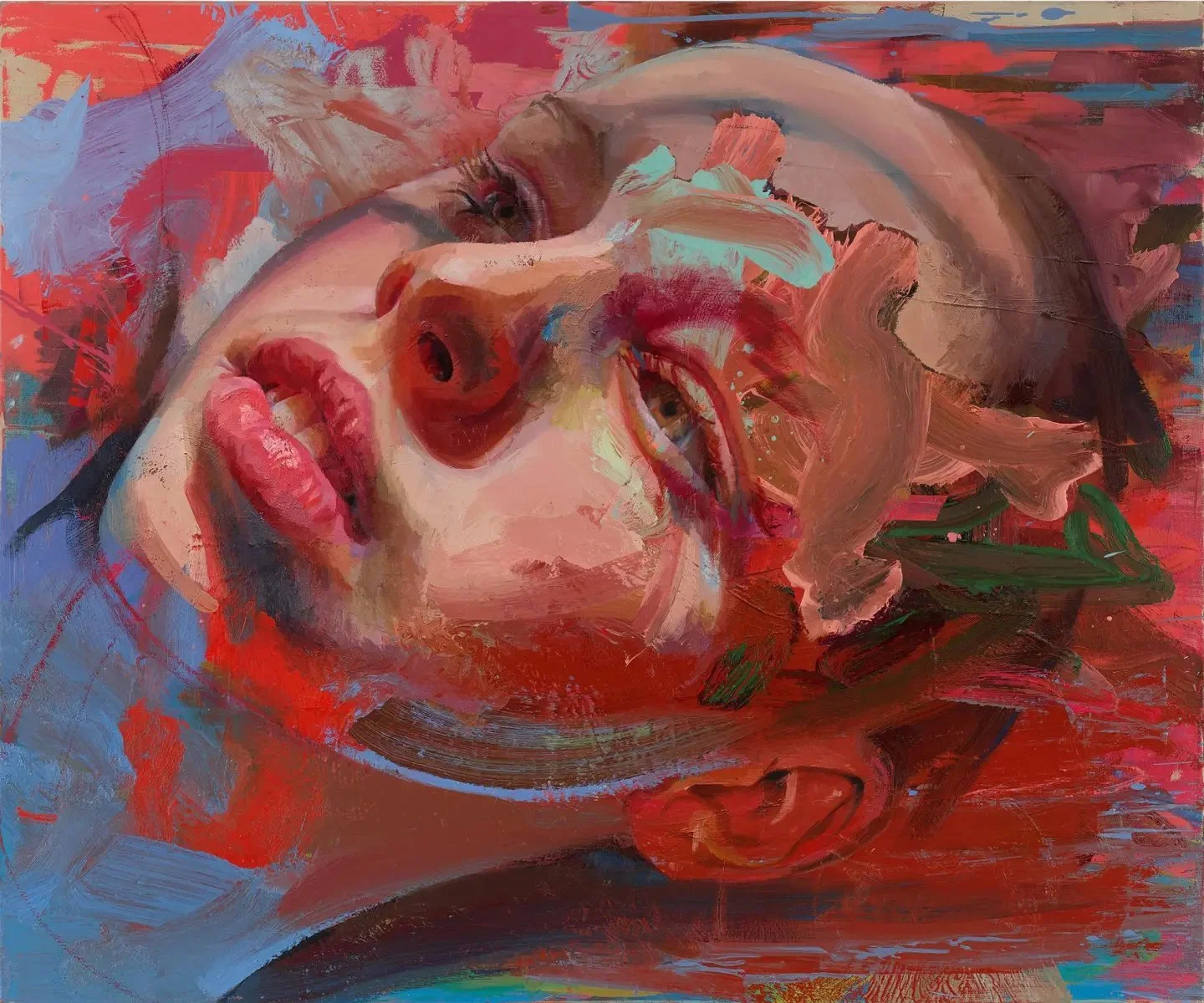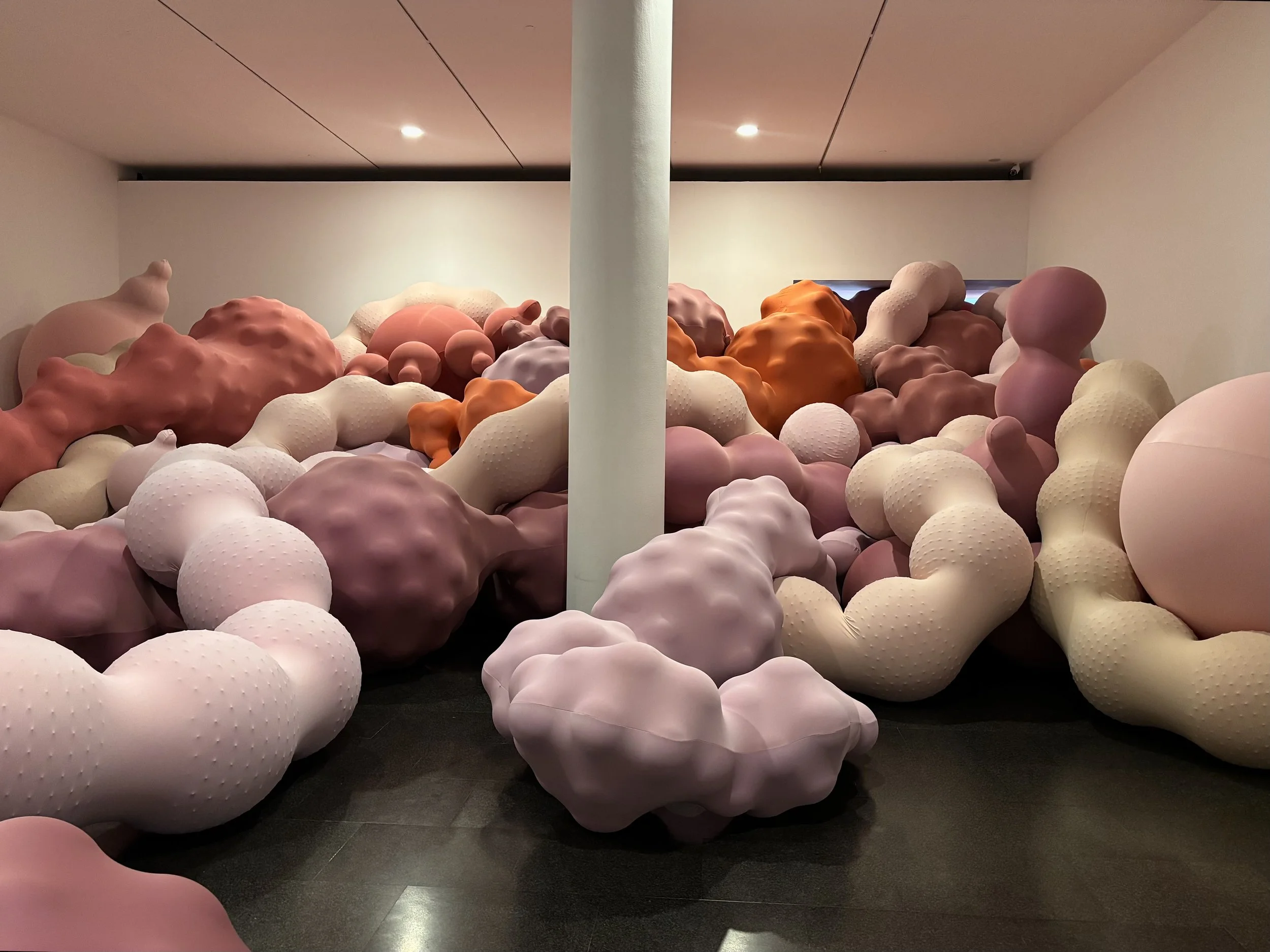Barbie at the Design Museum review
Poor me. I never owned a Barbie when it mattered. My parents wanted me playing outside, not playing with a skinny doll with make up on. Hence, my early years growing up in Hawaii meant I continued my childhood mostly climbing trees and running around the neighbourhood bare foot. That’s not to say I was unaware of Barbie. How could you be? It was a brand and a powerful one. The rows and rows of accessories and outfits stood out in the shops as I wondered if I would ever own one of my own. She started as a fashion doll but eventually, and thankfully, become more than a clothes horse.
Barbie: The Exhibition marks the 65th Anniversary of Mattel’s star product and was three years in curation, following hot on the trail of last year’s Barbie film. A year on, I doubt this will hamper the interest from what is on show here. We are of course at The Design Museum, which means, what is on show is “the design history of the brand” but serves as more than just an exhibition on the design of a doll. The exhibition will be of interest for adult collectors and those interested in manufacturing, brand development and marketing.
Jo Underhill for the Design Museum.
The Design Museum acquired the highly sought-after 1959 "Number 1 Barbie," which is showcased in the first room. She pirouettes in her display case, hand-painted and wearing a black and white bathing suit, alongside archival footage of the first Barbie TV commercial, demonstrating how Barbie became a brand. The black and white theme of the original doll continues with the design of the 65th Anniversary doll by Carlyle Nuera, the lead designer for Barbie Signature. On display is the concept development, featuring a mood board referencing designers such as Dior and Christopher John Rogers. Unsurprisingly, the doll is available for purchase in the museum’s dedicated Barbie shop.
Barbie has outlived this country’s equivalent, the Sindy Doll, which is now relegated to a vintage collector’s item found only by searching on the internet. For those still holding on to theirs, you may like to know they are worth a pretty penny now, selling for hundreds of pounds. Clearly, Sindy failed to evolve in the way Barbie did.
The room following "Number 1 Barbie" features a chronological mapping of the Barbie logo, dolls, and projects, including Barbie's first black friend (1968), the first Hispanic Barbie (1980), Barbie running for president (1992), Earring Magic Ken becoming the best-selling Ken of all time (1993), the first CGI animated Barbie film "Barbie and The Nutcracker" (2001), and the launch of The Dream Gap Project, a global mission to challenge gender stereotypes (2018). There is also a display case that would make collectors' hearts skip a beat, housing dolls from around 1963/64, including Skipper (Barbie’s little sister), Allan (Ken’s friend), and Midge (Barbie’s best friend).
Additionally, there is an exploration of the manufacturing process and the evolution of Barbie's abilities: walking, dancing, talking, and having bendable thumbs so she can grip various accessories (kerching… more sales!).
Barbie’s survival has been largely due to the thoughtful considerations in her design, honouring the history and DNA of the brand, its legacy, and keeping both children and parents in mind.
The doll’s design has followed popular culture and design trends, but she also needed to evolve in body shape, facial features, hair, and ethnicity so children globally could identify with her and see themselves. On display is "The Changing Face of Barbie," showcasing the various plain "face sculpts" that are then painted using stencils and stamps, followed by the addition of synthetic hair. The variety in hair colour, curls, and styles is displayed in all its glory.
Jo Underhill for the Design Museum.
For children to play with Barbie, she needed to be a role model, aiming to inspire generations of girls. This transformation is accomplished by a simple change of clothes, allowing her to be anything she wants to be (while looking immaculate – a debate for another time): a doctor, athlete, or president. Barbie has been portrayed as a presidential candidate in almost every US election since 1992. The “Barbie for President” display is girl power personified and makes one think we might be in better hands with Barbie than with any of America’s current presidential options.
In 1965, she took on the new career of astronaut—four years before a man walked on the moon. “Aspirational Barbie” was born. Barbie finally landed on the moon in 2022, where she spent six months orbiting the Earth. Literally! (Discovering gems like this during the exhibition was enlightening.) She took flight as a likeness of Samantha Cristoforetti, Europe’s first female commander of the International Space Station. While in orbit, Cristoforetti answered questions from five girls aspiring to become the next generation of scientists and explorers.
Jo Underhill for the Design Museum.
The last room highlights Barbie’s lasting impact on mainstream culture, featuring her appearances on the covers of Time and Vogue magazines, in Andy Warhol’s painting “Billy Boy,” and in Greta Gerwig’s film Barbie.
While Barbie fights against patriarchy and other associated prejudices, she remains “plastic fantastic” like most of her accessories (houses, furniture, cars, etc.), symbolising overconsumption with around 60 million Barbie dolls sold each year, plus all the associated products. Let that sink in. No attempt is made to show their environmental impact, which is a serious omission in this day and age. Perhaps the display of “Eco-Leadership Dolls,” with bodies and clothes produced from 90% recycled plastic, is the extent of it.
The above issue aside, Barbie: The Exhibition is interesting, nostalgic and a bit of fun.
Date: 5 July 2024 - 23 February 2025. Location: The Design Museum. 224-238 Kensington High St, London W8 6AG. Price: adult from £14.38. Children aged 6 to 15 from £7.19. Under 6s go free. Book now.
Words by Natascha Milsom







































